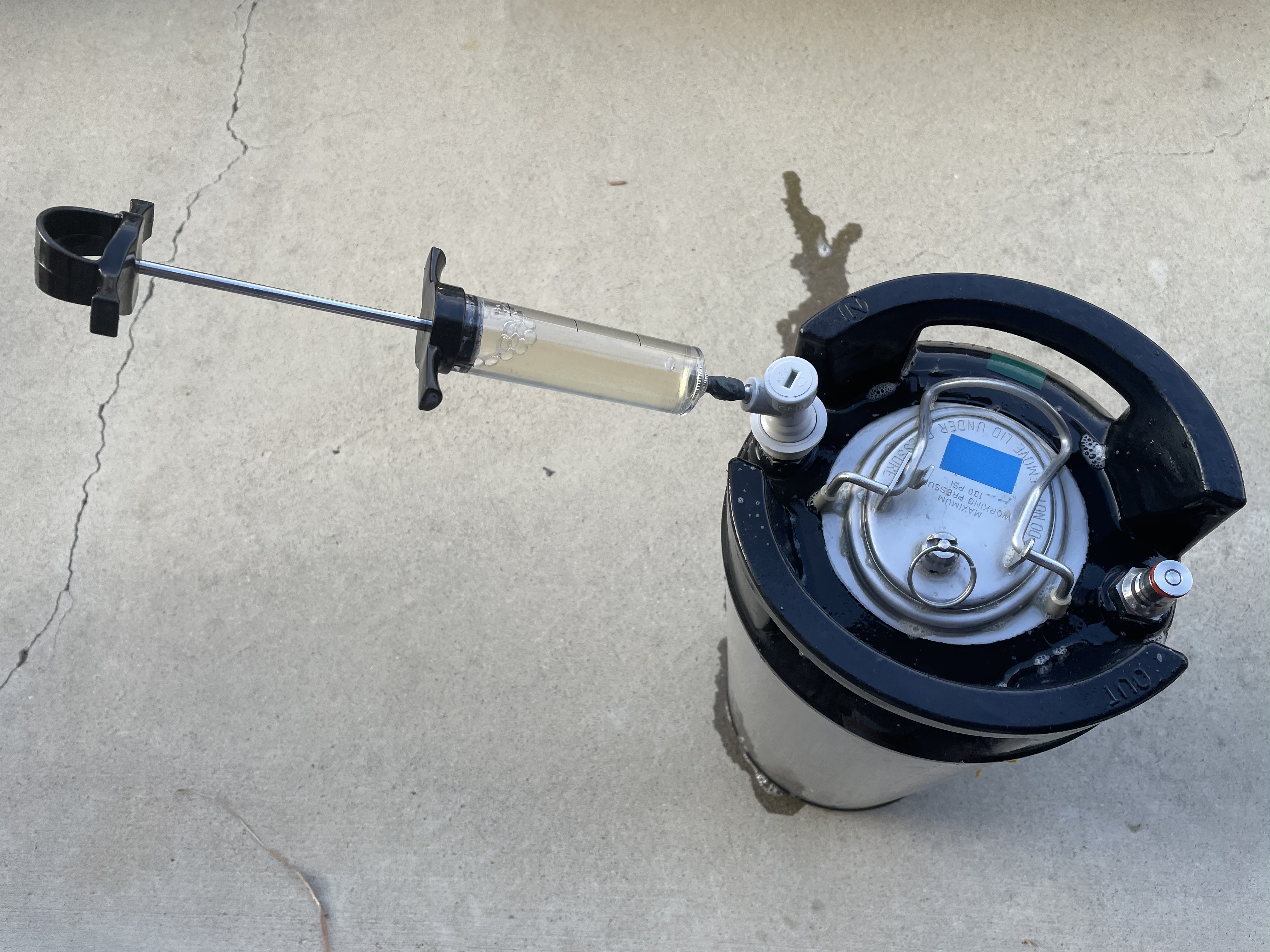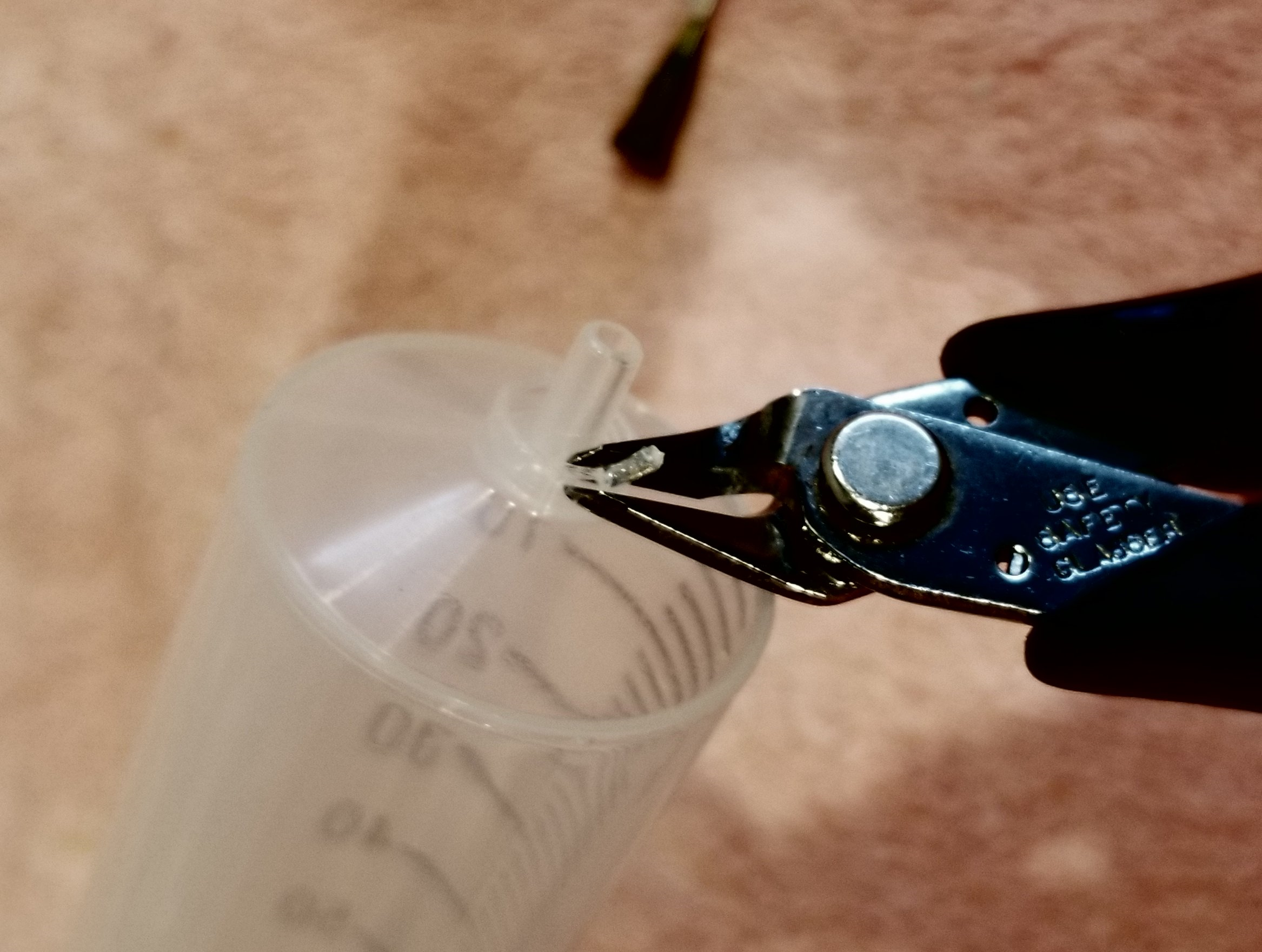I want to do two things with my latest beer, which is already carbonated: fine it with gelatin and transfer it to a keg under pressure with no oxygen exposure.
Seems like it will be harder to do both things together than either by itself. I have syringes and so on to shoot gelatin into the serving keg or the fermenting keg, but jamming it in there when they are both pressurized sounds like a challenge.
I plan to fill the serving keg with water and Star San, pump it out with CO2, and then fill the keg with beer using a tube and disconnects. I'm thinking I'll release the pressure in the fermentation keg, shoot the gelatin in, pump the keg back up, and then transfer. Will this work?
Maybe I can shoot the gelatin into the serving keg instead, but I would lose more CO2 that way.
How are people preparing sanitized gelatin in syringes? Do you just heat it in a pan and pour it into a syringe you've hosed with Star San?
Seems like it will be harder to do both things together than either by itself. I have syringes and so on to shoot gelatin into the serving keg or the fermenting keg, but jamming it in there when they are both pressurized sounds like a challenge.
I plan to fill the serving keg with water and Star San, pump it out with CO2, and then fill the keg with beer using a tube and disconnects. I'm thinking I'll release the pressure in the fermentation keg, shoot the gelatin in, pump the keg back up, and then transfer. Will this work?
Maybe I can shoot the gelatin into the serving keg instead, but I would lose more CO2 that way.
How are people preparing sanitized gelatin in syringes? Do you just heat it in a pan and pour it into a syringe you've hosed with Star San?




